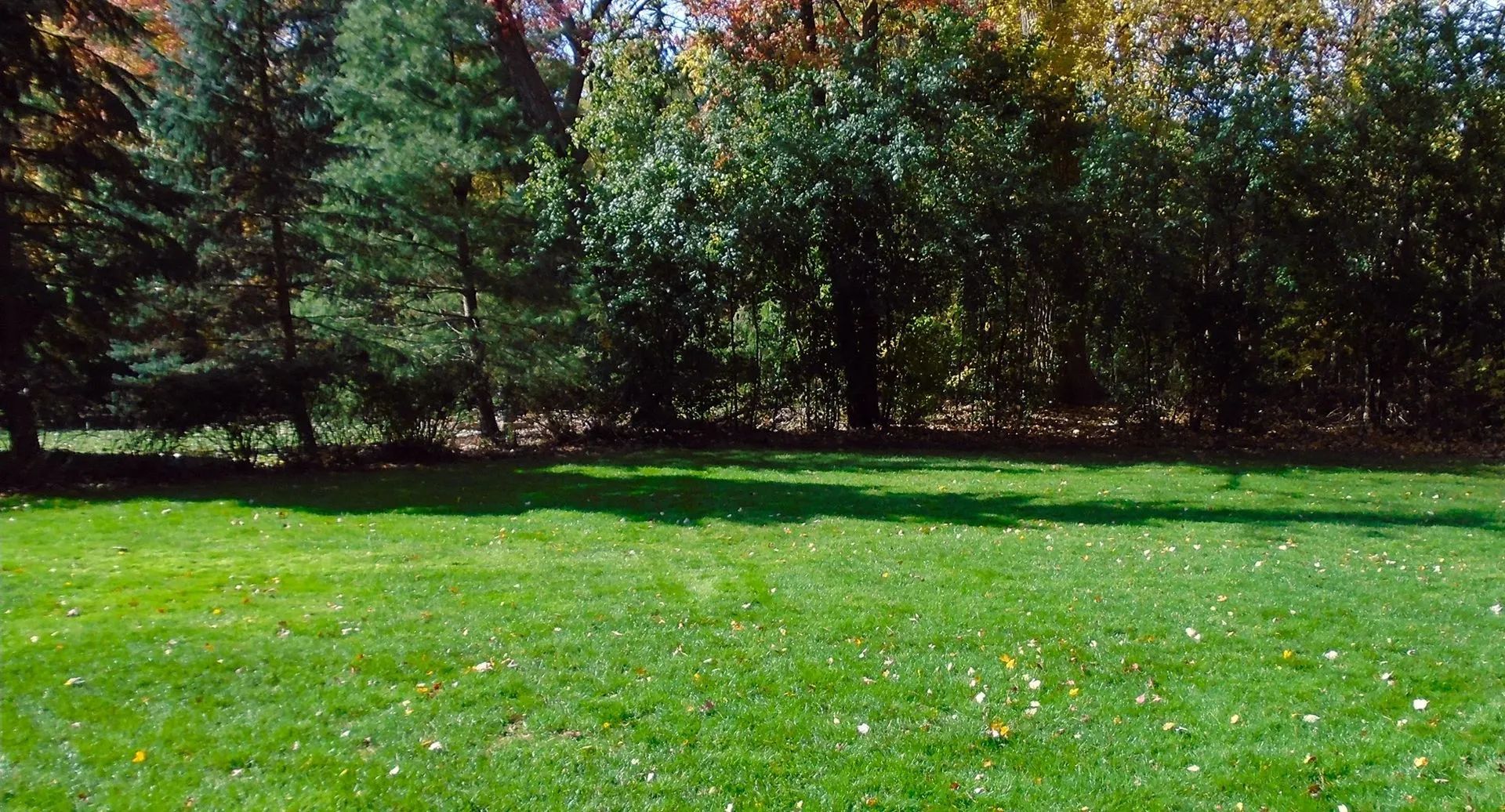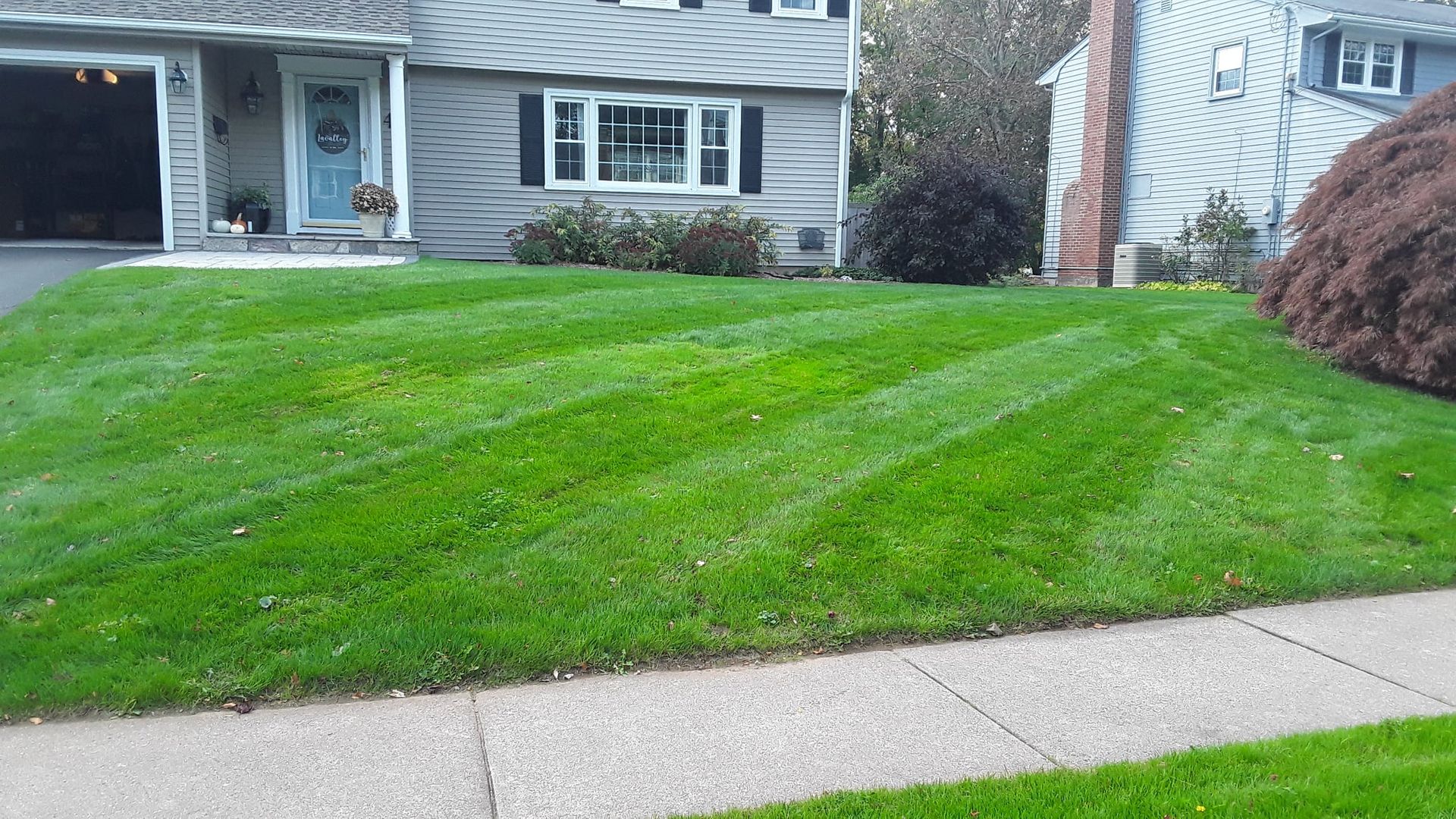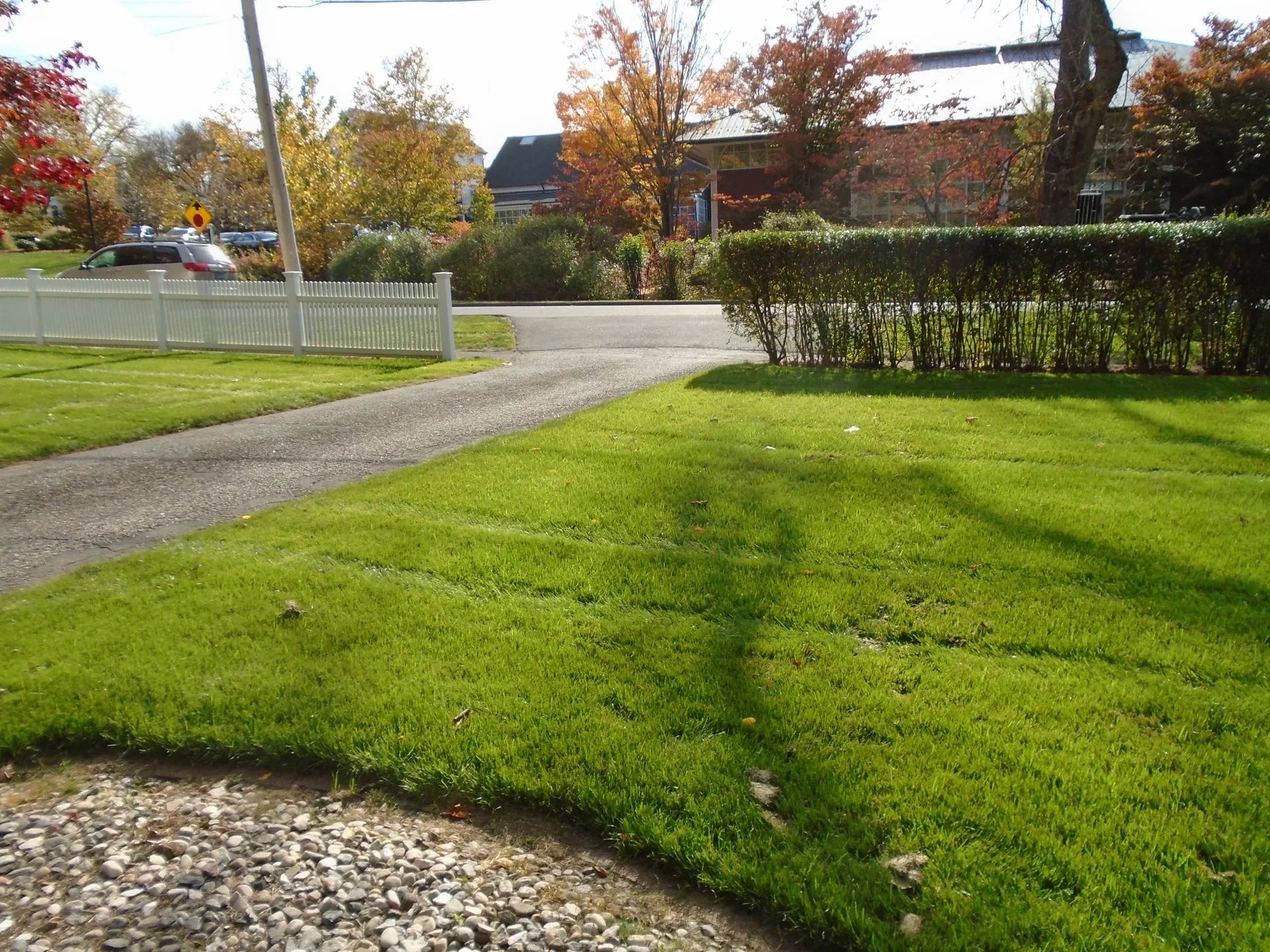Top Tips for Effective Lawn Seeding and Maintenance
April 30, 2025

A healthy, lush lawn requires proper care and attention, and the foundation of that care is lawn seeding and maintenance. Whether you are reseeding an existing lawn or establishing a new one, there are several key steps to ensure your lawn grows strong and vibrant. Here are the top tips for effective lawn seeding and maintenance that every homeowner should follow.
1. Choose the Right Grass Seed
The first step to a successful lawn is selecting the right type of grass seed for your region. Different grass species thrive in different climates, so it’s essential to choose one suited to Newington’s climate. Cool-season grasses like Kentucky bluegrass, fescues, and ryegrass do well in cooler climates and are ideal for Connecticut’s seasonal variations.
2. Prepare the Soil Properly
Preparation is crucial when seeding your lawn. Begin by mowing the existing grass or weeds down to the ground level. Use a rake or a dethatcher to clear away any debris and dead grass. If your soil is compacted, aerating it will help improve water and nutrient absorption. To ensure your grass seeds take root, loosen the soil to a depth of about 1-2 inches before spreading the seed.
3. Time It Right
The timing of seeding plays a significant role in the success of your lawn. The best times to seed a lawn are in early spring or late summer/early fall. Spring offers the opportunity for seeds to take advantage of warmer weather, while fall gives them a chance to establish roots before the winter cold arrives. Avoid seeding during the hottest months, as seeds will struggle to germinate in extreme heat.
4. Use the Right Seeding Technique
When spreading your seeds, make sure they are distributed evenly. A broadcast spreader can help achieve this and ensure that the seeds are spread uniformly. Follow the recommended seeding rate for your chosen grass type to avoid overcrowding, which can inhibit growth. After spreading the seed, lightly rake the soil to ensure the seeds are covered and have good soil contact.
5. Watering is Key
Watering is one of the most critical aspects of lawn care, especially after seeding. Keep the soil consistently moist, but not soggy, during the germination period. Water the area lightly two to three times a day until the grass is established. Once your lawn begins to grow, reduce the frequency of watering, but increase the amount of water to encourage deeper root growth. Water early in the morning to minimize evaporation and ensure the soil absorbs as much moisture as possible.
6. Fertilize Appropriately
Fertilizing your newly seeded lawn can provide essential nutrients that help with seedling growth. Use a balanced fertilizer with a higher phosphorus content to encourage strong root development. Apply the fertilizer about 2-4 weeks after seeding and follow the manufacturer’s instructions for best results. Over-fertilizing can harm young grass, so use fertilizers sparingly.
7. Regular Maintenance and Lawn Care
Once your grass is established, regular maintenance becomes vital. Mow your lawn regularly, but avoid cutting it too short. Keeping your lawn at a height of about 2.5 to 3 inches helps promote healthy growth and allows the grass to shade out weeds. Additionally, consider aerating your lawn once a year to maintain good soil structure and improve nutrient absorption.
Achieve a Beautiful Lawn with Expert Lawn Care Services
For those looking to ensure their lawn receives the best care,
Natural Choice Lawn & Tree Care, with over
30 years of experience, offers expert
lawn seeding and maintenance services in Newington, Connecticut. Let us handle the details so you can enjoy a beautiful, lush lawn all year long. Reach out today for personalized lawn care solutions that fit your needs!






